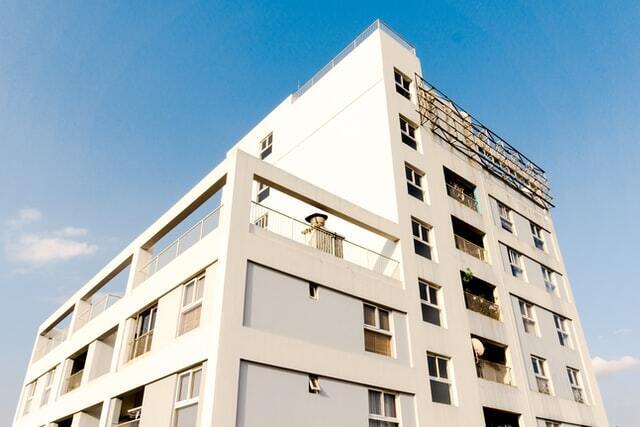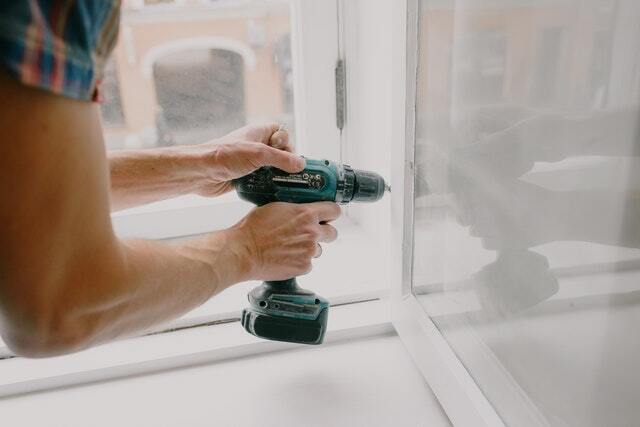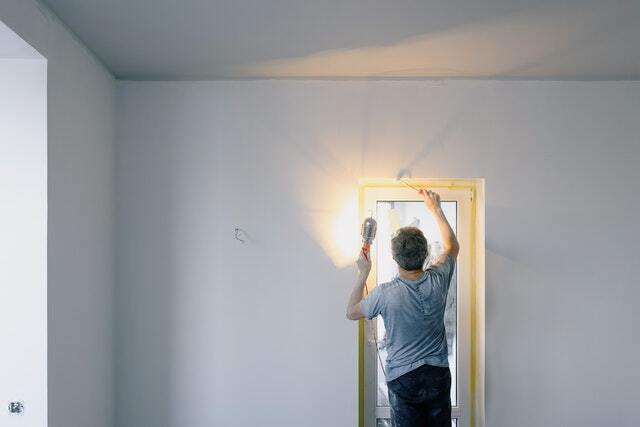
When you own rental property, repairs are a necessary part of life. Maintaining a rental property can be expensive, but you can deduct some things on taxes to balance it out. While you can get a deduction for some repairs right away, improvements require depreciation.

What is Depreciation
Generally, you can deduct the cost of repairs incurred to maintain your rental property from the property’s taxable income. However, depending on how you did the repair, it may be considered an improvement instead. In this case, you may not be able to deduct the entire cost.
If the “repair” falls into the IRS’s improvement category, you can’t deduct the entire expense immediately. Instead, it must be depreciated. That means you will deduct it in small amounts over several years. The period will depend on the IRS’s categories and classifications.
Rental Property Repairs
Repairs are a one-off fix that keeps the property habitable and in good working order. Most qualifying repairs cost less than $500 on average, but that will depend on the situation. Whether it’s patching a hole in the wall or fixing a leaky pipe, you can deduct the cost of minor repairs from the current year’s tax liability.
Repair or Improvement?
The IRS clarifies in the 1040 Schedule E that “repairs in most cases do not add significant value to the property or extend its life.” But this can get tricky. For example, a property owner wants to do a siding replacement project on the external walls of his building. Can he deduct the cost as a repair, or is depreciation required?

Since replacing the siding is considered an improvement, he would not be able to deduct the expense immediately. Instead, he can replace any broken or damaged pieces of siding where necessary, and it would be considered a repair. Therefore, it could be deducted instead of depreciated.
Rental Property Improvements Depreciation
Anything that increases the value of your property or extends its life is considered a “capital expense.” It would be best to capitalize it as a long-term asset and depreciated over several years. That means you can deduct a small but even portion of these expenses in the current year.
Generally, if you are adding a new item or upgrading an existing item, it is considered an improvement. Some improvements like roof replacement or renovating the kitchen are more labor-intensive and therefore more expensive. So, why do they have to be depreciated?
Improvements Depreciation
Although these improvements are expensive, they should add value to the property presently and in the future. Therefore, you can’t deduct a $30,000 kitchen renovation in a single year. With a new, updated kitchen, you will likely increase rent for that unit.
In this case, it’s easy to understand why depreciation is necessary. But what about those gray areas? For example, if the central heating and air-conditioning unit goes out and is beyond repair, you must replace it. Since you made a replacement and not repairs, you can’t deduct the expense immediately. The IRS says it must be depreciated over five years.
Important Tax Considerations for Depreciation
You need to keep track of any items you have depreciated. If you sell a property, you must know the cost of those improvements and how much each has depreciated. That is because you have to pay taxes on the depreciated amount. Always keep accurate records, receipts, and copies of previous tax returns.
Capital Expenses
IRS categories will determine if an expense is depreciated or classified as a repair. The following examples are capitalized and depreciated;
Improvements: An expense to improve your rental property must be capitalized. If it results in the betterment of your property, restores your property, or adapts your property to new or different use, it is considered an improvement.

Betterments: Expenses that may result in the betterment of your property, including fixing a pre-existing condition or defect, enlarging or expanding the property, or increasing the capacity, strength, or quality of your property.
Restoration: Expenses for replacing substantial structural parts of your property, repairing damage to your property after you properly adjusted the basis of your property because of a casualty loss, or rebuilding your property to a like-new condition may be considered restoration expenses.
Adaptation: Expenses for altering your property to a use that is not consistent with the intended use of your property when you began renting may be considered an adaptation.
IRS Guidance
The IRS released official guidance regarding the deduction and capitalization of expenses related to rental property. This guidance adds to and clarifies the existing understanding of deductible repairs and depreciation.
IRS Examples of Improvements Depreciation
Per the IRS, the addition or upgrade of the following items must be capitalized and depreciated.
For heating and air condition:
• Filtration system
• Central humidifier
• Ductwork
• Furnace
• Central air conditioning
• Heating system
Interior improvements:
• Flooring
• Wall-to-wall carpeting
• Kitchen modernization
• Built-in appliances
For lawn and grounds:
• Swimming pool
• Landscaping
• Sprinkler system
• Driveway
• Retaining wall
• Walkway
• Fence
Plumbing:
• Filtration system
• Water heater
• Septic system
• Soft water system
Additions:
• Porch and patio
• Deck
• Garage
• Bedroom
• Bathroom
Miscellaneous items:

• Attic, wall, and floor insulation
• Storm windows and doors
• Security system
• New roof
• Satellite dish
• Central vacuum
• Window replacement
• Wiring upgrades
Summary of Rental Property Improvements Depreciation
As a landlord, you will have to make repairs and improvements to your property. However, you can do this while being conscientious of tax advantages. Having a great property manager is an excellent way to make sure you have all your bases covered. Contact Schambs Property Management today to learn more.